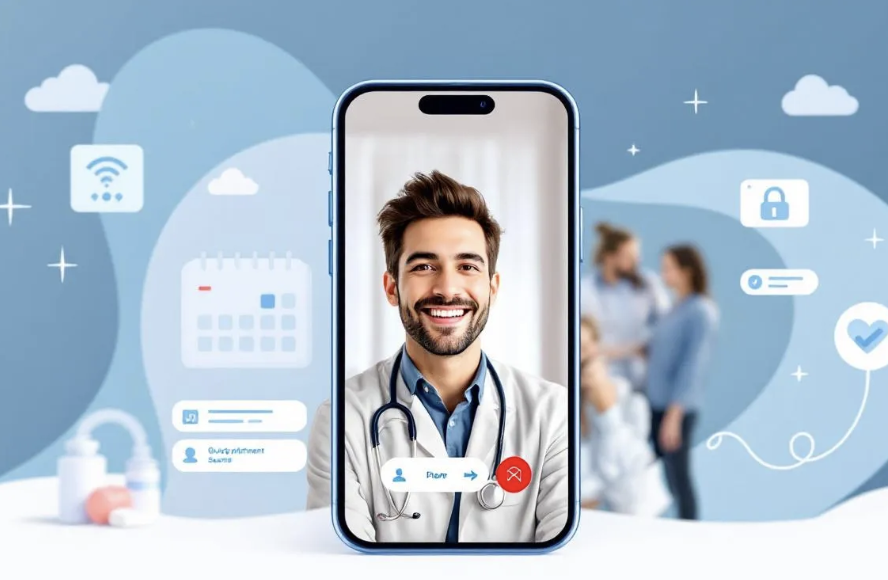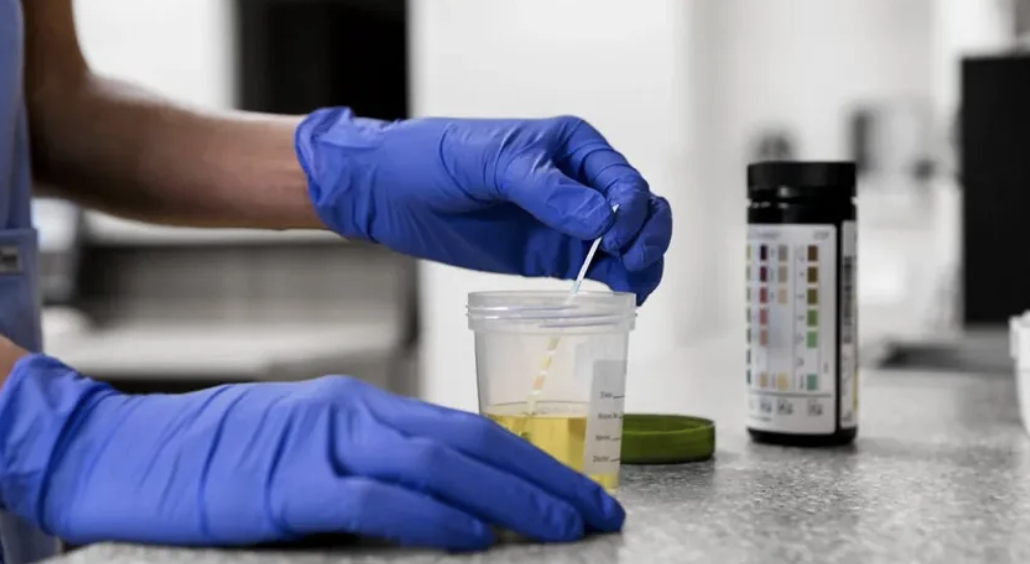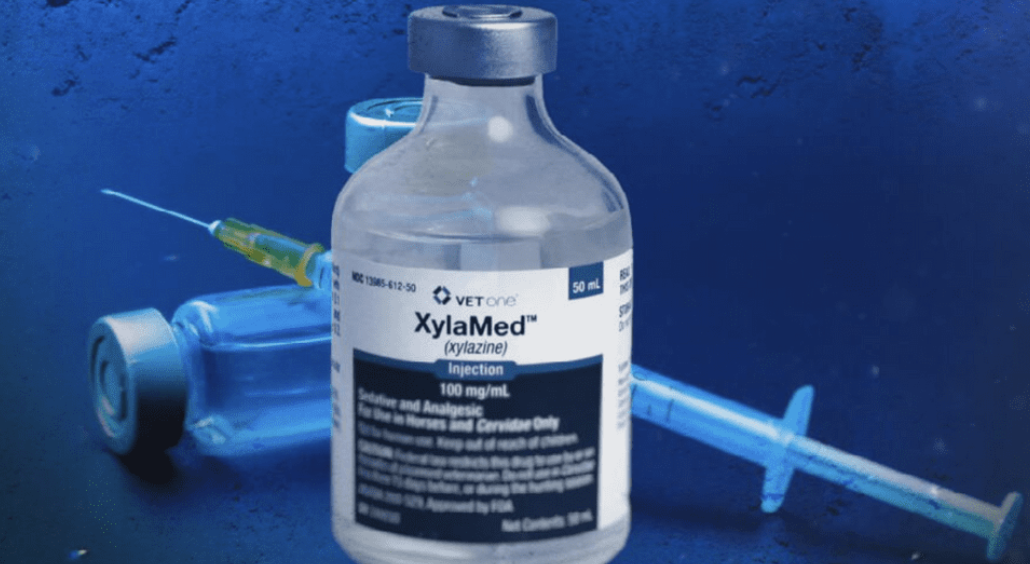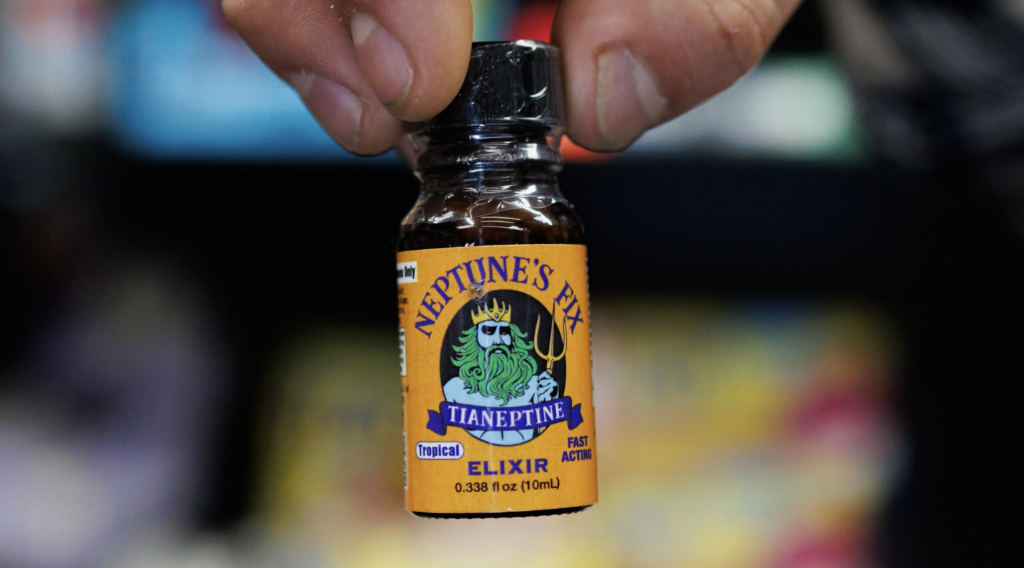Need help with opioid addiction? Online Suboxone doctors offer a convenient, effective way to get treatment from home. This guide explains how it works and what you need to know.
Key Takeaways
- Online Suboxone doctors are licensed medical professionals who provide accessible treatment for opioid use disorder via telemedicine, facilitating personalized care through virtual platforms.
- Patients should verify the credentials of online Suboxone providers and be cautious of unlicensed clinics to ensure safe and effective treatment.
- The convenience, privacy, and cost-effectiveness of online Suboxone treatment make it an appealing option for patients with mild-to-moderate opioid use disorder, although those with severe cases may need in-person support.
What are online Suboxone doctors?
Online Suboxone doctors are licensed medical providers, typically physicians or nurse practitioners, who are authorized to prescribe Suboxone via telemedicine. These professionals specialize in treating opioid use disorder (OUD) and offer their services through virtual platforms, making it easier for patients to access the care they need.
The role of these providers in opioid addiction treatment is crucial, as they conduct thorough assessments, prescribe Suboxone, and offer ongoing support to help patients manage withdrawal symptoms and cravings. They conduct thorough assessments, treat opioid addiction, prescribe Suboxone, and provide ongoing support to help patients manage their prescription opioid addiction and address opioid dependence.
The rise of online Suboxone clinics became more common post-COVID-19 due to changes in telehealth policies, which allowed for greater flexibility in how medical care is delivered.

How do online Suboxone doctors work?
The process of online Suboxone treatment begins with booking a virtual visit through a secure platform. During the initial consultation, the online Suboxone doctor will conduct a thorough assessment, evaluating the patient’s medical history, substance use history, and the severity of their opioid use disorder. This comprehensive evaluation is essential to develop a personalized treatment plan tailored to the patient’s specific needs.
Once the assessment is complete, the doctor will prescribe Suboxone electronically. Patients can then fill their prescribed suboxone at a local or mail-order pharmacy, ensuring they have timely access to their medication. The use of secure video platforms or apps facilitates confidential communication between patients and providers, promoting privacy and convenience.
Regular follow-up appointments are a key component of the treatment process. These sessions often include counseling and behavioral health therapies, which are crucial for the effectiveness of medication-assisted treatment. Online Suboxone clinics operate with strict monitoring by addiction specialists to ensure compliance and provide continuous support throughout the recovery journey.
Are online Suboxone doctors legal and safe?
Online Suboxone doctors are legal as long as they hold the proper credentials and adhere to regulatory guidelines. State-licensed practitioners with the necessary DEA registration are authorized to prescribe buprenorphine for opioid use disorder. The safest way to obtain Suboxone online is through a licensed healthcare provider who conducts a thorough patient assessment.
Patients should verify their provider’s credentials, such as their DEA number and state licensure, to ensure they are receiving care from a reputable source. It is crucial to avoid unlicensed or scam providers offering Suboxone without proper evaluations, as these can pose significant health risks.
Benefits of using an online Suboxone doctor
One of the primary benefits of using an online Suboxone doctor is accessibility. For individuals living in rural or underserved areas, online Suboxone treatment provides a viable option to receive care without the need for long travel distances. Additionally, the privacy offered by virtual consultations can reduce the stigma associated with seeking addiction treatment.
Another significant advantage is the flexibility in scheduling and the convenience of receiving care from the comfort of your own home, providing easy access to treatment. This can save time and reduce the stress associated with in-person visits. Furthermore, online Suboxone clinics offer consistent follow-up and continuity of care, ensuring that patients receive ongoing support and monitoring throughout their treatment.
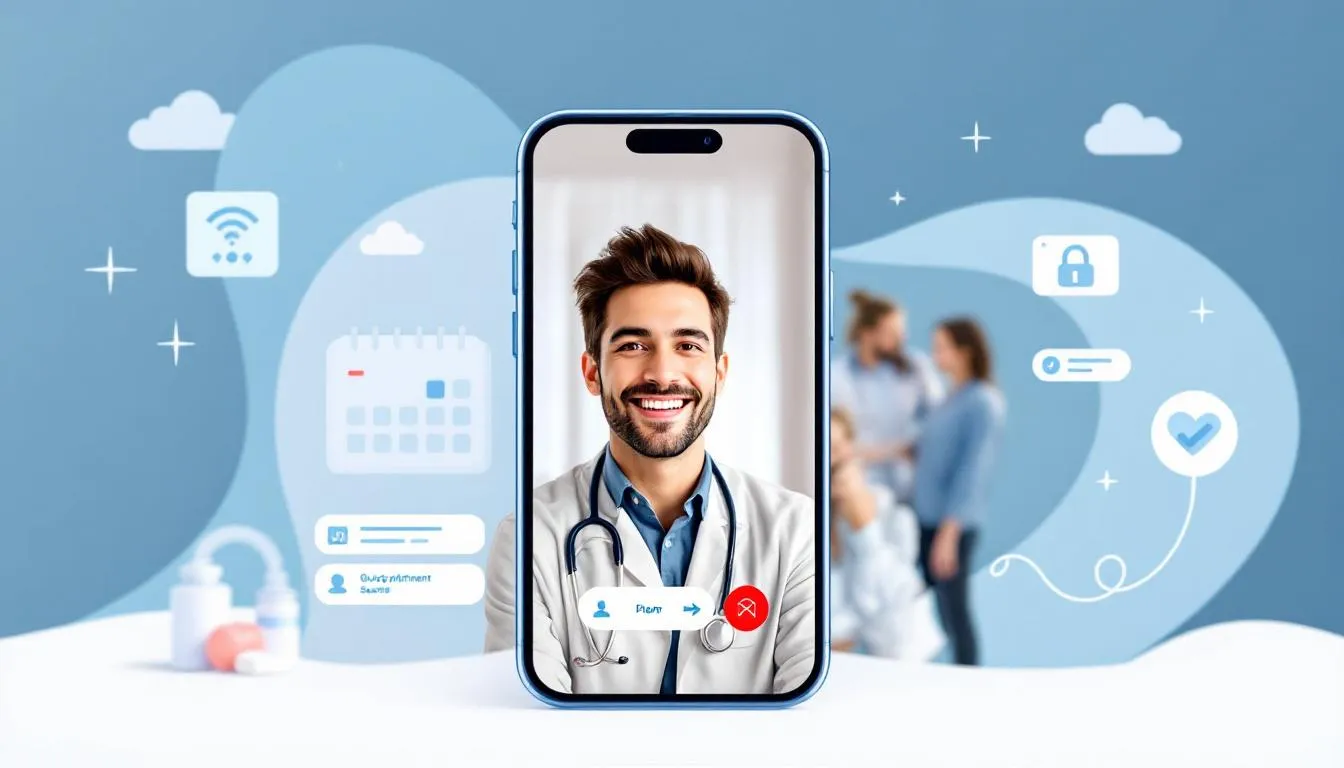
What to expect during an online Suboxone appointment
During an online Suboxone appointment, patients can expect a comprehensive and judgment-free experience. The process typically begins with:
- An intake where the patient provides their medical history, substance use history, and other relevant information.
- As part of the intake, the provider will conduct a Suboxone withdrawal assessment to ensure you're in mild-to-moderate withdrawal before starting treatment.
- Planning the induction phase of Suboxone treatment.
Patients are required to:
- Present documentation such as a valid ID, proof of residence, and consent forms.
- Have the doctor discuss the risks, benefits, and potential side effects of taking suboxone to ensure they are fully informed before starting treatment, including reviewing the medication guide and the prescribing information.
- After the appointment, receive instructions on how to pick up their medication and schedule follow-up visits.
The follow-up care is crucial for adjusting the comprehensive treatment plan as needed and providing continuous support. Patients can expect regular check-ins with their care team, which helps in monitoring progress and addressing any concerns that may arise during the recovery process.
Online Suboxone doctors vs. in-person treatment: Key differences
When comparing online Suboxone treatment to in-person treatment, several key differences emerge. In terms of access, telehealth offers the following benefits:
- Eliminates the need for travel
- Makes it easier for patients to receive care from anywhere with an internet connection
- Particularly beneficial for those in remote areas
- Helps those who face transportation challenges
Cost is another factor where online treatment often has an edge. Telehealth platform fees can be more affordable compared to the costs associated with clinic visits, which may include travel expenses and time off work. Additionally, online Suboxone clinics often provide a more judgment-free environment, promoting comfort and privacy for patients.
Monitoring and suitability differ between the two modalities:
- Virtual check-ins are convenient but may offer less rigorous monitoring compared to in-person treatment.
- In-person treatment may provide more rigorous monitoring through in-clinic drug testing.
- Online treatment is ideal for patients with mild-to-moderate OUD and a stable home environment.
- High-risk patients may benefit more from the intensive support available in an in-person setting.
How to choose the right online Suboxone doctor or platform
Choosing the right online Suboxone doctor involves considering the following factors:
- Verifying the provider’s credentials, such as licensure and DEA registration
- Considering the provider’s availability
- Checking experience with medication-assisted treatment (MAT)
- Reviewing user feedback from other patients
- Ensuring the clinic accepts your insurance to avoid unexpected expenses
Red flags to watch out for include providers who do not offer video consultations, require upfront cash payments only, or do not provide follow-up care.
Reputable platforms like FirePit Health, Bicycle Health, and Workit Health are known for their reliable services and can be tailored based on individual preferences.

Cost of seeing an online Suboxone doctor
The cost of seeing an online Suboxone doctor can vary:
- Initial consultations may cost around $85
- Bi-weekly services are priced at approximately $155
- Some providers offer packages, such as $280 for a four-week treatment plan
- Drug screening and psychiatric services, if required, may incur additional fees
Insurance coverage plays a significant role in reducing out-of-pocket expenses. Many online Suboxone providers accept Medicaid, Medicare, and private insurance plans, though coverage can vary. It’s important to verify whether your insurance or Medicaid will cover Suboxone, as this can significantly reduce out-of-pocket costs for online treatment.
Do online Suboxone doctors prescribe other medications or offer therapy?
Many online Suboxone doctors offer comprehensive Medication-Assisted Treatment (MAT) plans built around medications like Suboxone, which contains buprenorphine to reduce cravings and withdrawal symptoms. These additional services are crucial for addressing the root causes of opioid addiction and supporting long-term recovery, including the challenges associated with substance abuse.
Beyond prescribing Suboxone, online providers may also offer:
- Medications like Naltrexone
- Individual therapy
- Group counseling
- Case management services
If Suboxone isn’t the best option for a patient’s needs, providers may suggest Suboxone alternatives like Naltrexone or Buprenorphine based on the individual's medical history and recovery goals.
Are online Suboxone doctors right for everyone?
Online Suboxone doctors are ideal for patients with mild-to-moderate opioid use disorder, a stable home environment, and access to technology. These patients can benefit from the convenience and privacy of virtual consultations, making it easier to stick with their treatment plans.
However, online addiction treatment may not be suitable for everyone. Many patients who are new patients with severe psychiatric issues, those who lack digital literacy, or certain cases of pregnancy may require more intensive, in-person care to address their mental health needs.
It’s recommended to follow up with primary care providers or addiction specialists as needed to ensure comprehensive and safe treatment.
Tips for getting started with an online Suboxone doctor
To get started with an online Suboxone doctor, prepare your medical history and a list of current medications. Ensuring you have a quiet, private place for the virtual visit can help facilitate a smooth consultation.
Testing your device and internet connection beforehand is crucial to avoid technical issues during the first appointment. Additionally, writing down any questions you have for the provider can help ensure all your concerns are addressed during the consultation.
Bottom Line: What to know about online Suboxone doctors
Online Suboxone providers offer a safe, accessible, and efficient way to address opioid use disorder. Choosing legitimate, credentialed services ensures that you receive the best possible care. The combination of medication-assisted treatment with ongoing monitoring and behavioral support enhances the effectiveness of the treatment.
The rise of telehealth services in opioid addiction treatment has made it possible for more people to access the compassionate care they need, breaking down barriers that previously existed. With providers like Ophelia ensuring their clinicians are state-licensed and properly trained, patients can confidently embark on their journey to overcoming opioid addiction with the support of opioid medicines.
FAQs about online Suboxone doctors
Can I start Suboxone the same day with an online doctor?
Yes, it is possible to start Suboxone treatment the same day appointments you consult with an online doctor, depending on your evaluation. Many online platforms report that approximately 90% of patients can fill their prescriptions immediately after their first consultation. How long does suboxone treatment typically take?
Will I get drug tested if I use an online Suboxone provider?
Yes, many online Suboxone providers require drug testing as part of their treatment protocols to ensure patient safety and adherence to the prescribed treatment. This may involve at-home testing kits or periodic in-person testing requirements.
Is online Suboxone treatment covered by Medicaid or insurance?
Coverage for online Suboxone treatment varies, with some insurance plans and Medicaid providing reimbursement while others may not. Many online Suboxone providers accept a range of insurance plans, including Medicaid and Medicare.
For instance, platforms like Workit Health accept commercial, Medicaid, and Medicare plans, making it easier for patients to receive the care they need.
What states allow online Suboxone prescriptions?
The ability to prescribe Suboxone online is permitted in various states, but regulations differ significantly based on state laws. Some states require that online Suboxone providers be located within the same state as the patient, while others allow out-of-state telehealth providers.
Regulations were relaxed during the COVID-19 pandemic, enabling doctors to prescribe Suboxone through telemedicine without an in-person visit.


